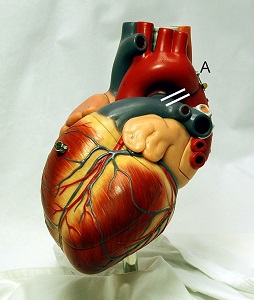Q- An old man with a long history of diabetes develops an ulcer on his left big toe which is not healed in 3 months. His blood glucose level is within normal limits.
Which of the following is the most accurate test to explain this condition?
A- Anti-insulin antibodies detection
B- Hemoglobin A1C level
C- Plasma insulin
D- Urine ketones
Q- It is approved that increased serum level of homocysteine is associated with increased risk of atherosclerosis. Which one of the following vitamins is an important cofactor in the metabolism of homocysteine?
A- Ascorbic acid
B- Niacin
C- Pyridoxine
D- Riboflavin
Q- A patient with a long history of atherosclerosis develops dry gangrene in his foot and toes. Which of the following types of necrosis predominates in this condition?
A- Coagulative necrosis
B- Fat necrosis
C- Fibrinoid necrosis
D- Liquefactive necrosis

Thank you so much. I appreciate your encouraging me to keep posting questions and answers.
I sincerely commend your diligent efforts and the dissemination of invaluable insights pertaining to the medical domain. It is our fervent aspiration that you shall persist with unwavering dynamism and remain steadfastly engaged in this critical sphere, continuing to contribute meaningfully to its advancement and progress.
I am trying my best to post questions everyday. Thanks Dr. Karim for your feedback.
I need more questions